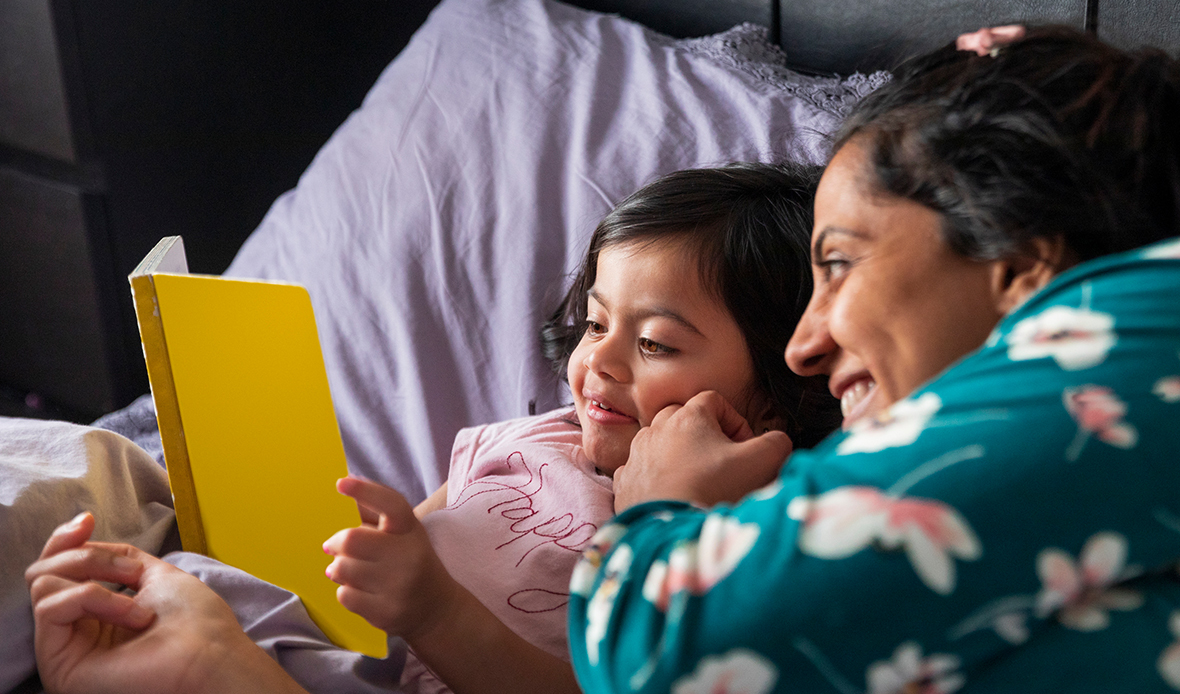In most of the U.S. and Canada, we change our clocks for daylight saving time twice each year: an hour back in November, and an hour forward in March. One hour might not seem like much, but every parent knows how a missed nap or a too-late bedtime can affect a child’s mood, behavior, and sleep schedule.
If your family has experienced daylight saving time sleep struggles, help is here. Check out some simple steps to get your kids ready for the March time change—and make it easier on yourself, too.
“Spring forward” with success.
- Start with a full “bank” of sleep.
Before daylight saving time, support your kids in getting high-quality sleep. This ensures that they won’t begin the time change with a sleep deficit.
- Gradually adjust bedtime. A few days before the time change, adjust your child’s bedtime and waking time 15–30 minutes earlier each day. This gives them enough time to adapt to a new rhythm. Remember that this may mean changing other daily routines such as mealtimes and naps.
- Start bright and early on Saturday. Have your kids wake up an hour earlier than usual on the Saturday before the time change. This gives them time to adjust to the earlier wake time before school on Monday. Plus, it creates a slight sleep deficit, so your kids will be sleepy enough to fall asleep for bedtime that night.
- Keep it dark. After the time change, it will be lighter at bedtime. So consider using an eye mask or blackout curtains to block out light and create better conditions for sleep.
- Take a nap. Consider having your child take a 20–30-minute nap for the first few days of daylight saving time. A short nap can help reduce the harmful impacts of sleep debt.
- Get some sunshine. Make sure your kids get daylight exposure, particularly in the morning. This helps the body set its biological clock, which leads to more energy and higher quality sleep.
If you’d like to learn more ways to improve your sleep—and your overall well-being—a MOBE Guide can help. Get started today.
